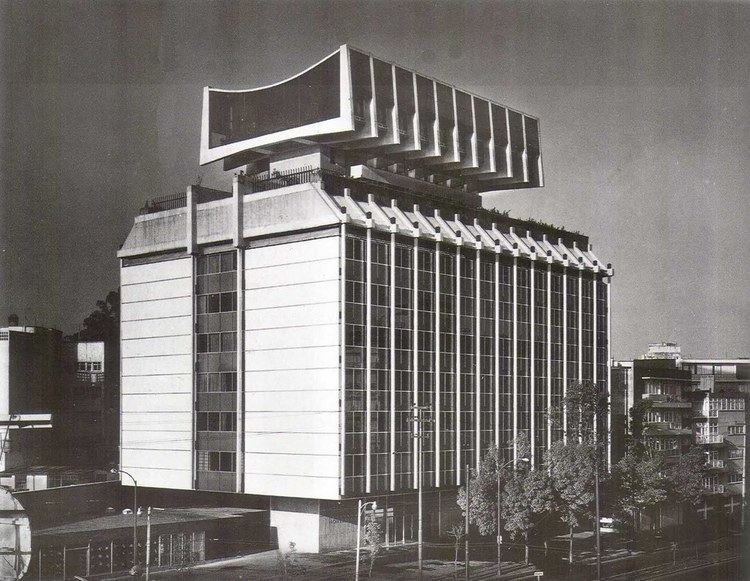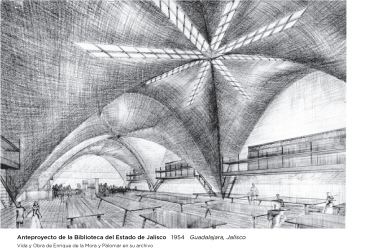Nationality Mexican Occupation Architect | Name Enrique la Role Architect | |
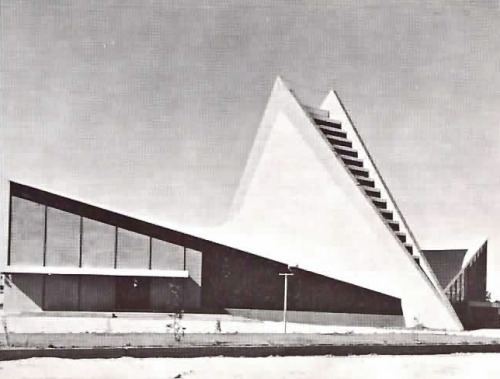 | ||
Awards National Prize for Architecture (Mexico, 1947) Buildings La Purisima (Monterrey, Mexico) Education | ||
Arquitectos mexicanos de la modernidad enrique de la mora y palomar
Enrique de la Mora y Palomar (16 June 1907 – 9 May 1978) was a Mexican architect who designed prominent university buildings and Roman Catholic churches in which he experimented with hyperbolic-paraboloid roofs. He is generally regarded, along with the Spaniard Félix Candela, as one of the most famous structural expressionists in Mexico.
Contents
- Arquitectos mexicanos de la modernidad enrique de la mora y palomar
- Arquitectos Mexicanos Del Siglo XX Parte 4Mexicans architects of the Twentieth Century Part 4
- Early Years
- Projects
- Constructing The La Pursima Church
- Impact
- Selected works
- References
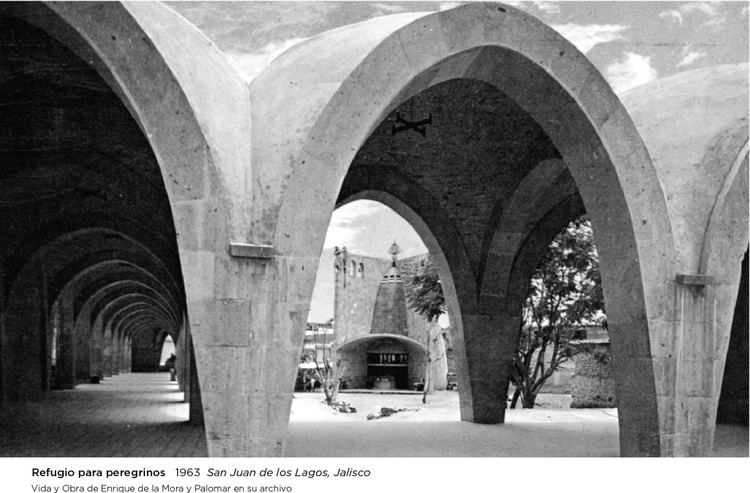
De la Mora was distinguished with the National Prize for Architecture in 1947 and some of his works, particularly his Faculty of Philosophy and Letters at the National Autonomous University of Mexico's Ciudad Universitaria, is now part of a UNESCO's World Heritage Site since 2007.
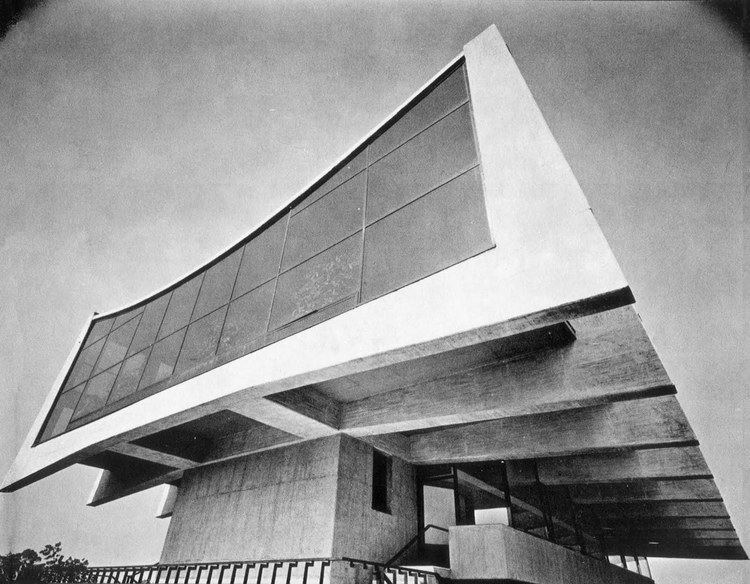
Arquitectos Mexicanos Del Siglo XX Parte 4/Mexicans architects of the Twentieth Century Part 4
Early Years
Manuel de la Mora y del Castillo Negrete, Enrique de la Mora’s father, was a well-known architect and engineer. Following in his footsteps, de la Mora decided to study architecture and enrolled in Mexico’s National School of Architecture.
Projects
In 1934, just one year after he graduated, de la Mora’s first project was designing the famous department store, El Puerto de Liverpool. As of 2022, the store is still in use but was given a facelift with a more modern facade in 2014.
After constructing the department store, de la Mora designed over 100 projects, including many well-known buildings, major churches, and universities.
Constructing The La Purísima Church
Construction of the Iglesia La Purísima began in 1939 and was promoted by Archbishop Guillermo Trischler. The building was constructed on the site of an existing church also dedicated to "La Purísima", which was demolished to make way for the new building.
De la Mora’s design style focused on optimizing structural integrity by using parabolas, hyperbolas, arches, and vaults, which contributed to the church’s impressive height and appearance. De la Mora won the National Architecture Award for his part in its construction.
De la Mora’s La Purísima is known for being the first modern religious building in Mexico and the first work of architecture in Monterrey to be published in the international architectural press.
Impact
Enrique de la Mora is remembered as an important individual in the structural expressionism movement, having experimented with the structural possibility and efficiency of buildings. His designs incorporated symmetrical curves and a modern aesthetic while enhancing structural integrity.
Selected works
